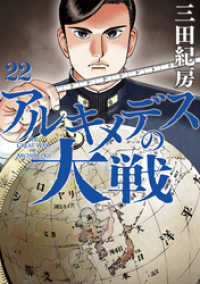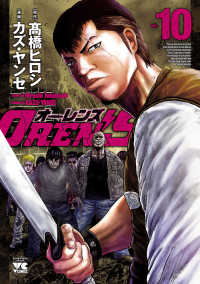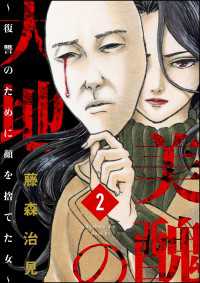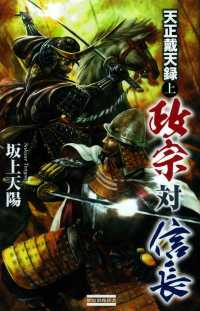基本説明
A bestseller in Argentina, Avant-Garde, Internationalism, and Politics is an examination of the 1960s as a brief historical moment when artists, institutions, and critics organized to promote an international identity for Argentina's visual arts.
Full Description
The 1960s were heady years in Argentina. Visual artists, curators, and critics sought to fuse art and politics; to broaden the definition of art to encompass happenings and assemblages; and, above all, to achieve international recognition for new, cutting-edge Argentine art. A bestseller in Argentina, Avant-Garde, Internationalism, and Politics is an examination of the 1960s as a brief historical moment when artists, institutions, and critics joined to promote an international identity for Argentina's visual arts. The renowned Argentine art historian and critic Andrea Giunta analyzes projects specifically designed to internationalize Argentina's art and avant-garde during the 1960s: the importation of exhibitions of contemporary international art, the sending of Argentine artists abroad to study, the organization of prize competitions involving prestigious international art critics, and the export of exhibitions of Argentine art to Europe and the United States. She looks at the conditions that made these projects possible-not least the Alliance for Progress, a U.S. program of "exchange" and "cooperation" meant to prevent the spread of communism through Latin America in the wake of the Cuban Revolution-as well as the strategies formulated to promote them. She describes the influence of Romero Brest, prominent art critic, supporter of abstract art, and director of the Centro de Artes Visuales del Instituto Tocuato Di Tella (an experimental art center in Buenos Aires); various group programs such as Nueva FiguraciÓn and Arte Destructivo; and individual artists including Antonio Berni, Alberto Greco, LeÓn Ferrari, Marta Minujin, and Luis Felipe NoÉ. Giunta's rich narrative illuminates the contentious postwar relationships between art and politics, Latin America and the United States, and local identity and global recognition.
Contents
List of Illustrations ix
About the Series xi
Preface and Acknowledgments xiii
Translator's Note xvii
Abbreviations xix
Introduction 1
1. Modern Art on the Margins of Peronism 25
2. Proclamations and Programs During the Revolucion Libertadora 55
3. The "New" Art Scene 91
4. The Avant-Garde as Problem 119
5. The Decentering of the Modernist Paradigm 163
6. Strategies of Internationalization 189
7. The Avant-Garde Between Art and Politics 243
Conclusions 281
Notes 291
Bibliography 373
Index 397








